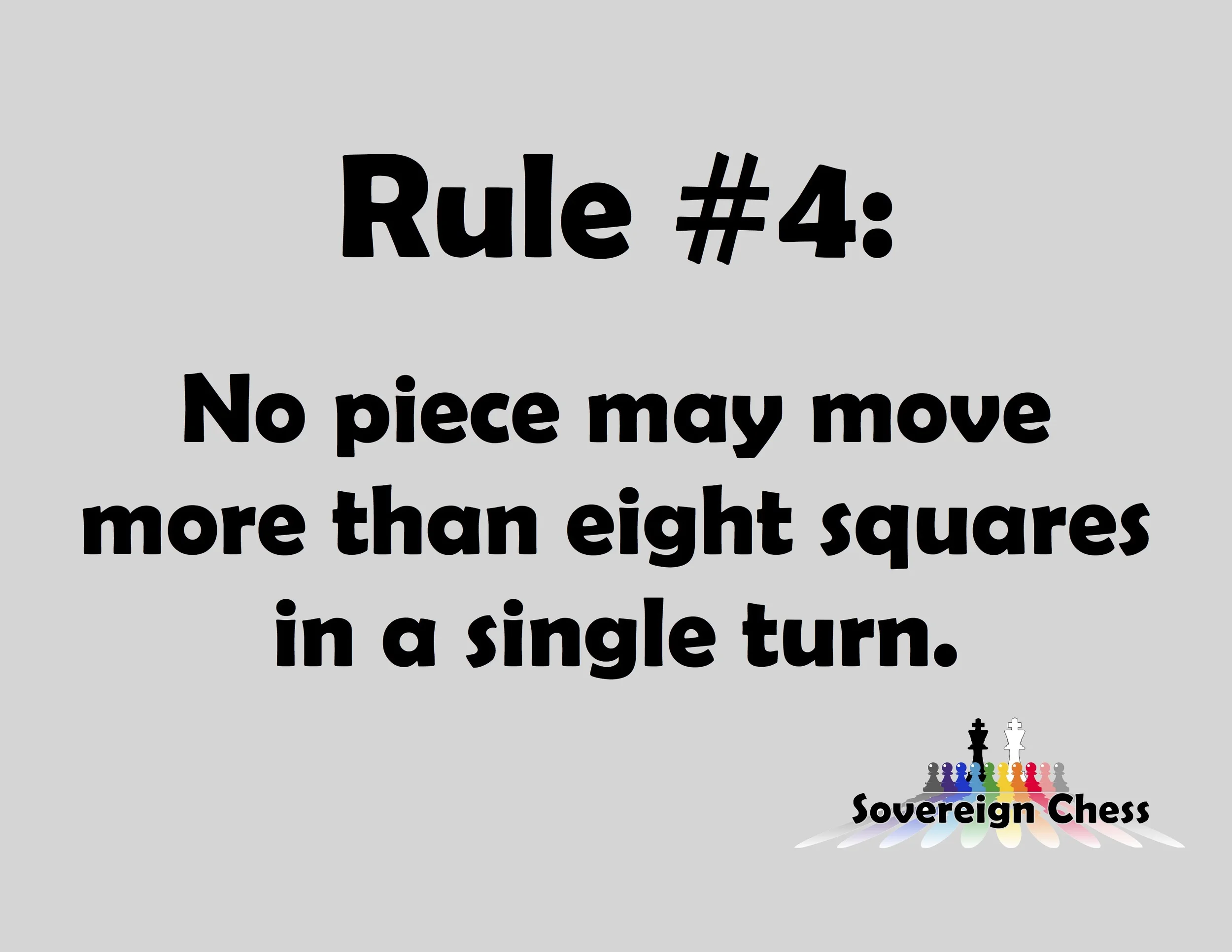Figure 1: Early Development of White Pieces
Besides keeping the movement of pieces in Sovereign Chess identical to those in traditional chess, on the larger 16 x 16 board, this rule serves to play a large role in strategy. First, limiting the range of pieces eliminates the temptation for a player to sweep his queen or rook across the board to attack his opponent, were the opportunity to arise.
In Figure 1, you see the general destination of squares that are generally occupied early in the game by the White pieces, given the limits on movement. Of course, not only does this bring both player's pieces into the middle of the board, but it creates early conflict between such pieces.
Rule #4 also creates some new situations between opposing pieces which do not occur in traditional chess, as seen in Figure 2. The two rooks in row 6 are not threatening each other, as they would each have to move nine squares in order to capture the other. However, if either piece moves closer to the other rook, it is immediately vulnerable to capture.
Figure 2: Response to Check by Moving Out of Range
Also, in Figure 2, the White queen at e4 is checking the Black king, as it is only eight squares away. However, one possible response to the check would be to retreat to n4, which is still in line with the queen, but now out of range.
As players realize they can't send troops across the board in a single move, they realize the value of well-placed allies, which can be activated with the squares of color. Those squares show up in Rule #5...




